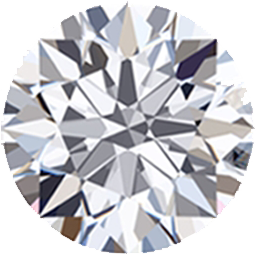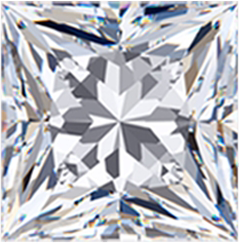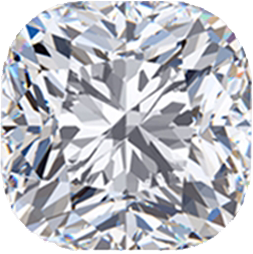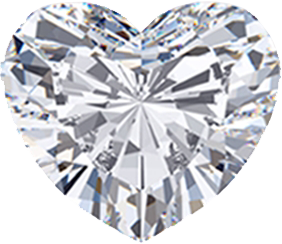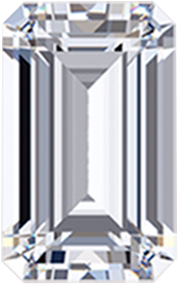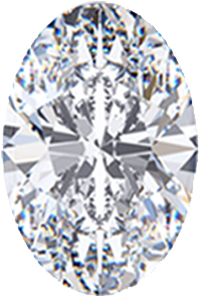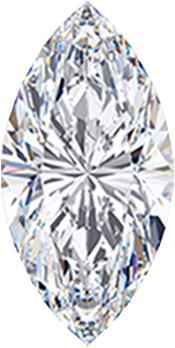ABOUT BUYING AND SELLING
Buying
- Are you not yet completely sure what diamond you want to buy exactly?
- Then we will advise you on all the options available and together we will search for your optimal diamond.
- Do you know what kind of diamond you want to buy?
- Then we will help you find exactly what you are looking for.
Selling
- Do you have a diamond you want to sell?
- We will inform you what documents you need to provide and help you where needed.
- We will advise you about your diamond’s value.
- We will help you find a buyer and make sure the transaction goes smoothly and correctly.
If you have any questions or would like more information about our procedure, please contact us and we will be happy to help you.
Color
The color of the diamond is a crucial aspect of a diamond’s appearance. The color scale ranges from D (completely clear) to Z (warm yellowish hue). Although high grades offer little visible difference, they do come with a significant price increase.
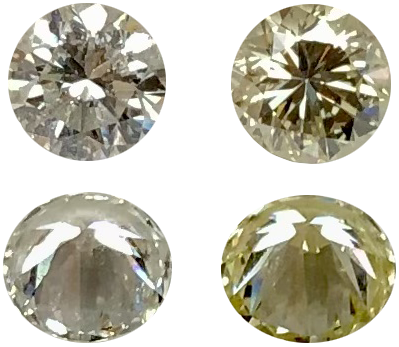
Clarity
Every diamond is unique. Formed by extreme heat and pressure deep within the earth, it is not uncommon for diamonds to contain birthmarks. These clarity features are created when tiny crystals are trapped within the diamond. As they grow, pressure and stress can cause inclusions and blemishes to form – sometimes only visible under a microscope.
Internal and surface-level impurities are called inclusions. External impurities are called blemishes. The clarity of a diamond is determined by the size, location, visibility, and number of inclusions or blemishes.
To determine the correct price of a diamond, it is important to understand the different types of impurities inside and outside the diamond. We are happy to use our expertise to help you best evaluate the value of a diamond.
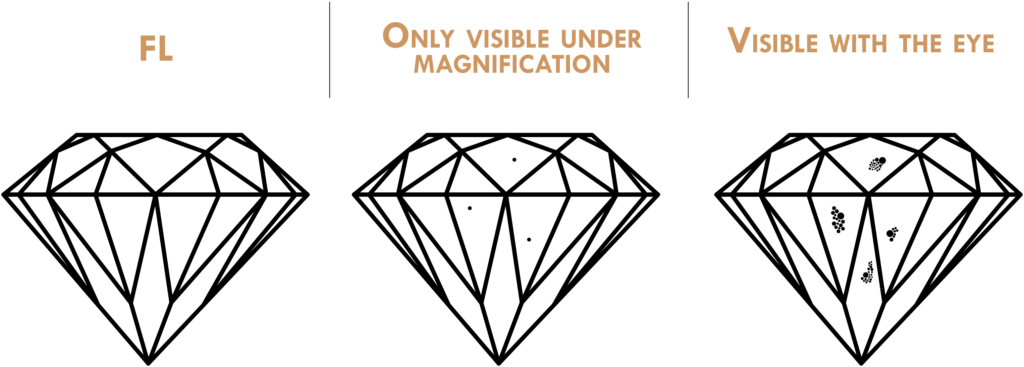
Cut
Cut refers to how well a diamond’s facets reflect and interact with light. Although it is often confused with shape — which describes the external outline of a diamond (such as round, oval, or pear) — cut actually determines a diamond’s ability to transmit and reflect light, creating brilliance and sparkle. Precision craftsmanship is required to cut a diamond so that its proportions, symmetry, and polish result in optimal light performance and dazzling shine. The better a diamond is cut, the more it will sparkle.
Carat
Although many people mistake carat for a measurement of physical size, it is actually a measurement of weight used to describe diamonds and other gemstones. One carat (1.00ct) is equal to 0.2 grams, about the same weight as a paperclip.
Although carat is a unit of weight, it has a direct impact on the dimensions of a diamond. The image below provides a visual representation of the different carat sizes.

Shape
The diamond shape refers to the specific geometric characteristics of a diamond. Diamonds are mainly divided into two main categories: round diamonds and so-called fancy shapes. The round diamond, or round brilliant, is by far the most popular and traditional shape, which makes it a separate category.
In addition to the round shape, there are also various fancy diamond shapes, such as the pear, heart and marquise shapes. Each shape has its own unique characteristics, ranging from the appearance and brilliance to the price per carat of the diamond.
